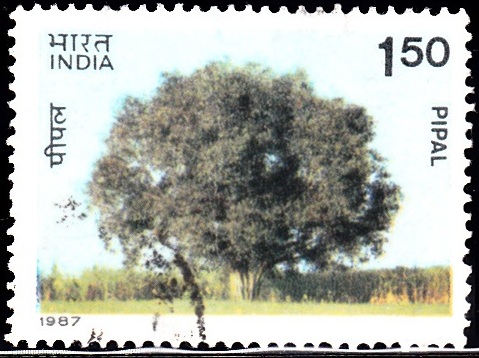
Indian Trees 1987
Complete Set of 4 nos of commemorative postage stamps on Trees of India : Chinar, Pipal, Sal and Banyan (national tree of India) :
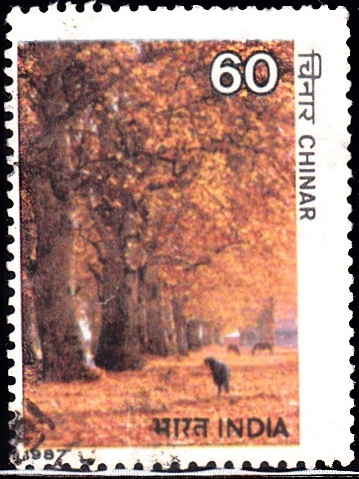

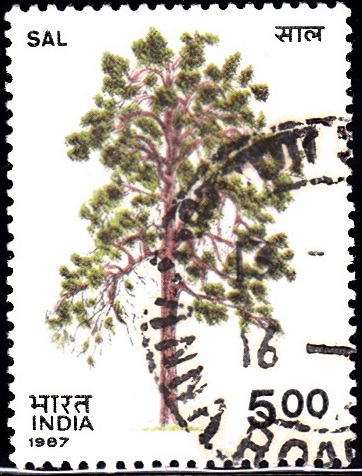
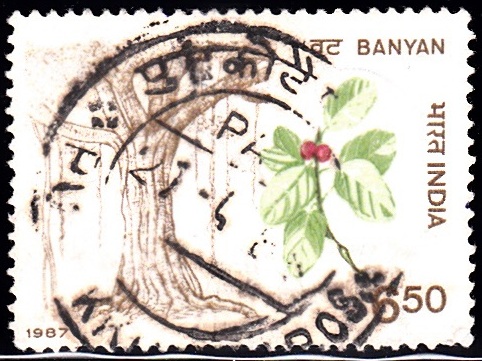 Issued by India
Issued by India
Issued on Nov 19, 1987
Issued for : Man belongs to the earth which has unstintingly given her myriad gifts to him. One of the gifts she has entrusted to man’s care is trees. The four stamps depict trees found in various parts of India.
Description of Designs : The four stamps were designed by S/Shri O.T. Ravindran, Ashwin Mehta, Thakur Dalip Singh and Smt. Sudha Chowdhary. The first day cover depicts the Deodar, another Indian tree. The cancellation is designed by Mrs. Alka Sharma.
Type : Stamps, Postal Used
Colour : Multi colour
Denomination : 60, 150, 500, 650 Paise
Overall size : 3.91 x 2.90 cms.
Printing size : 3.55 x 2.54 cms.
Perforation : 13 x 13
Paper : Imported unwatermarked adhesive gravure coated stamp paper
Number Printed : 15,00,000
Number per issue sheet : 35
Printing Process : Photogravure
Printed : India Security Press
About :
- The CHINAR (PLATANUS ORIENTALIS), of the family ‘Platanacae’ and a native of the Eastern Mediterranean Region, has found a home in the Western Himalayas at 1200-2400 m. Thriving on moist and well drained soils, it provides timber for furniture and is also of medicinal value. It rises upto 30 m in height with a short trunk and a spreading crown. Its bark is dull greyish or greenish white. The tree stands at its loveliest when Autumn turns it fiery orange and gold.
- The PEEPAL (FICUS RELIGIOSA LINN) is an indigenous fig tree of the family ‘Moraceae’. In its younger stages it is often epiphytic, growing on and gradually strangling other trees with its roots. The leaves and young branches are smooth and shiny, the leaves are heart-shaped, tapering into a long tail at the apex. Growing wild on the lower slopes of the Himalayas, it is now found in most parts of India. It is venerated by Hindus and Buddhists.
- The SAL (SHOREA ROBUSTA ROXB) belongs to the genus ‘Shorea’, resiniferous trees found in India, the Malaysian Peninsula and South East Asia. Covering 13.3% of the total forest area in India, it is valued for its timber. It attains a height of 18-30 m. A large deciduous tree with longitudinal cracks on its bark, it has long ovate leaves and pale yellow flowers, covered with soft white hair, scattered on the stalk. Sal finds mention even in the Ramayana and Mahabharata and in Kalidasa’s ‘Ritu-samhar’ and ‘Meghadoota’.
- The BANYAN (FICUS BENGHALENSIS) belongs to the genus ‘Ficus’, the fig, mostly inhabiting tropical countries. Colloquially called the ‘Bargad’ or ‘Vat’, it is a beautiful tree, and is also of economic value. A giant tree with a spreading crown, attaining at times 30-35 m. It has obovate, simple leaves, shiny above and pale below. Hindus consider it sacred and worship it in many temples. Its lateral spread can pose problems for neighbouring plants. The Calcutta Botanical Gardens contain a banyan covering 1.7 hectares, considered over 225 years old.



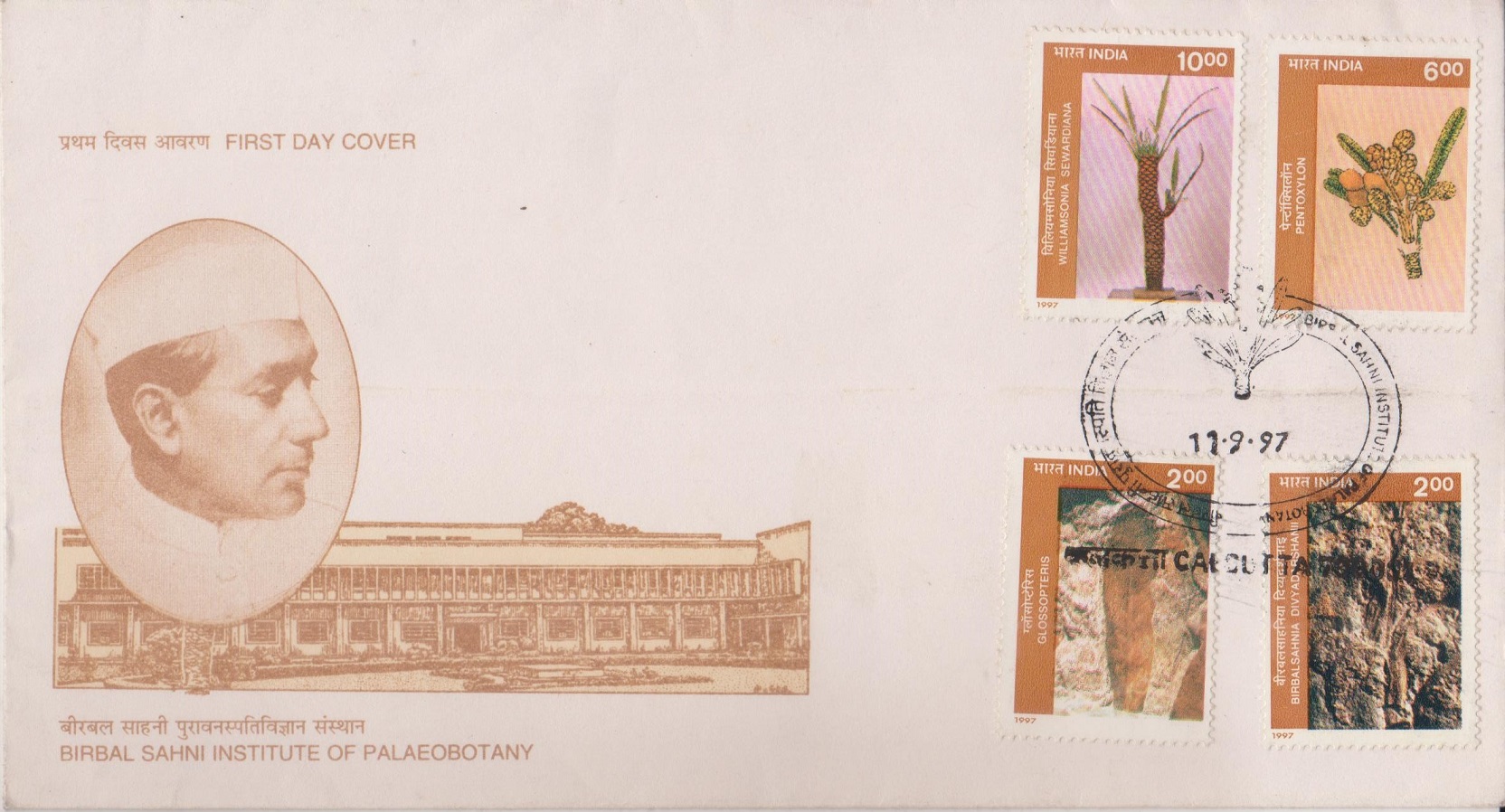
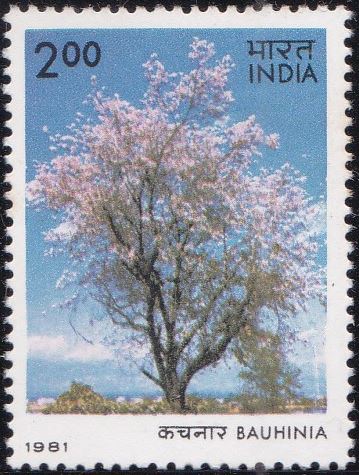
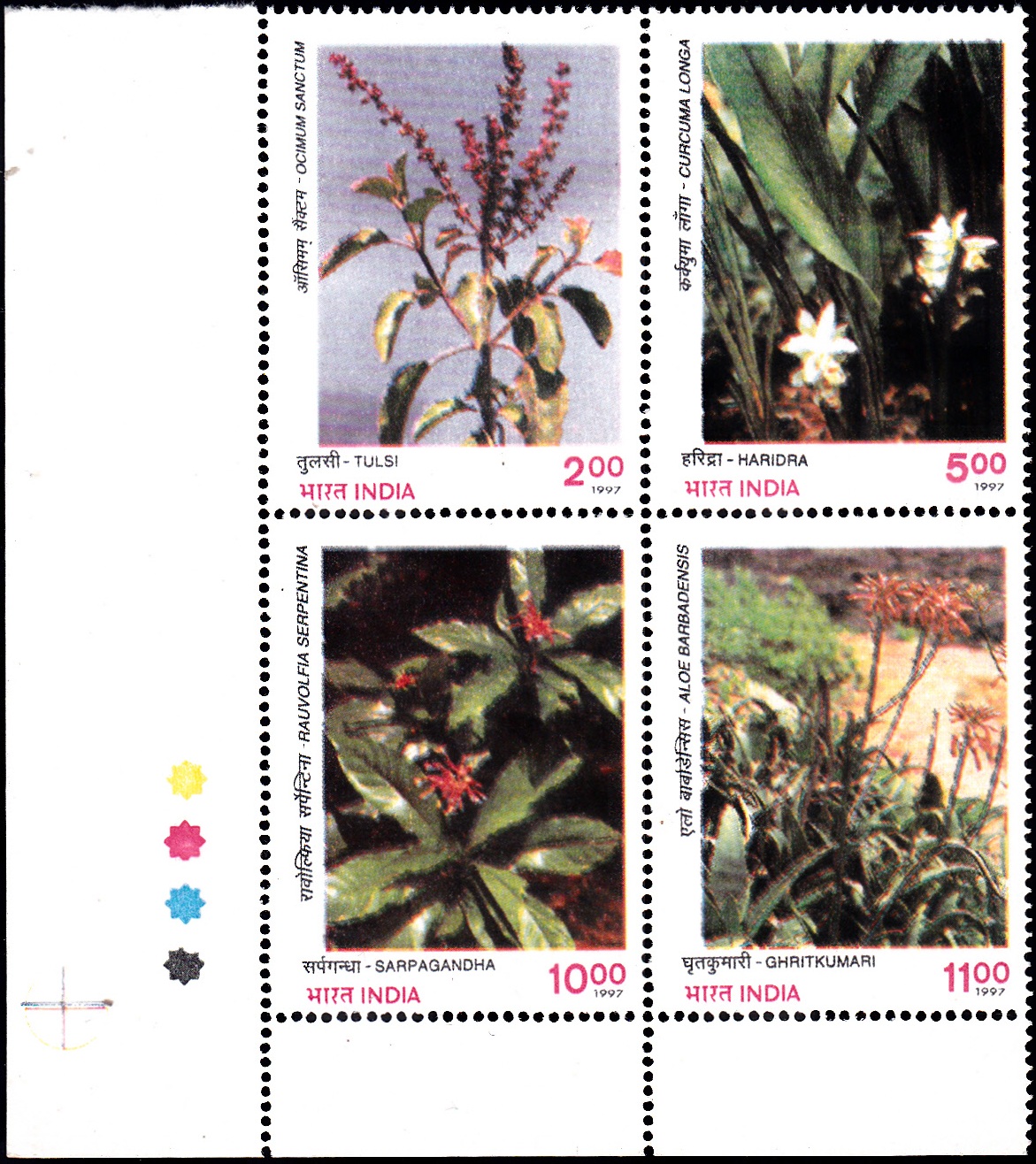

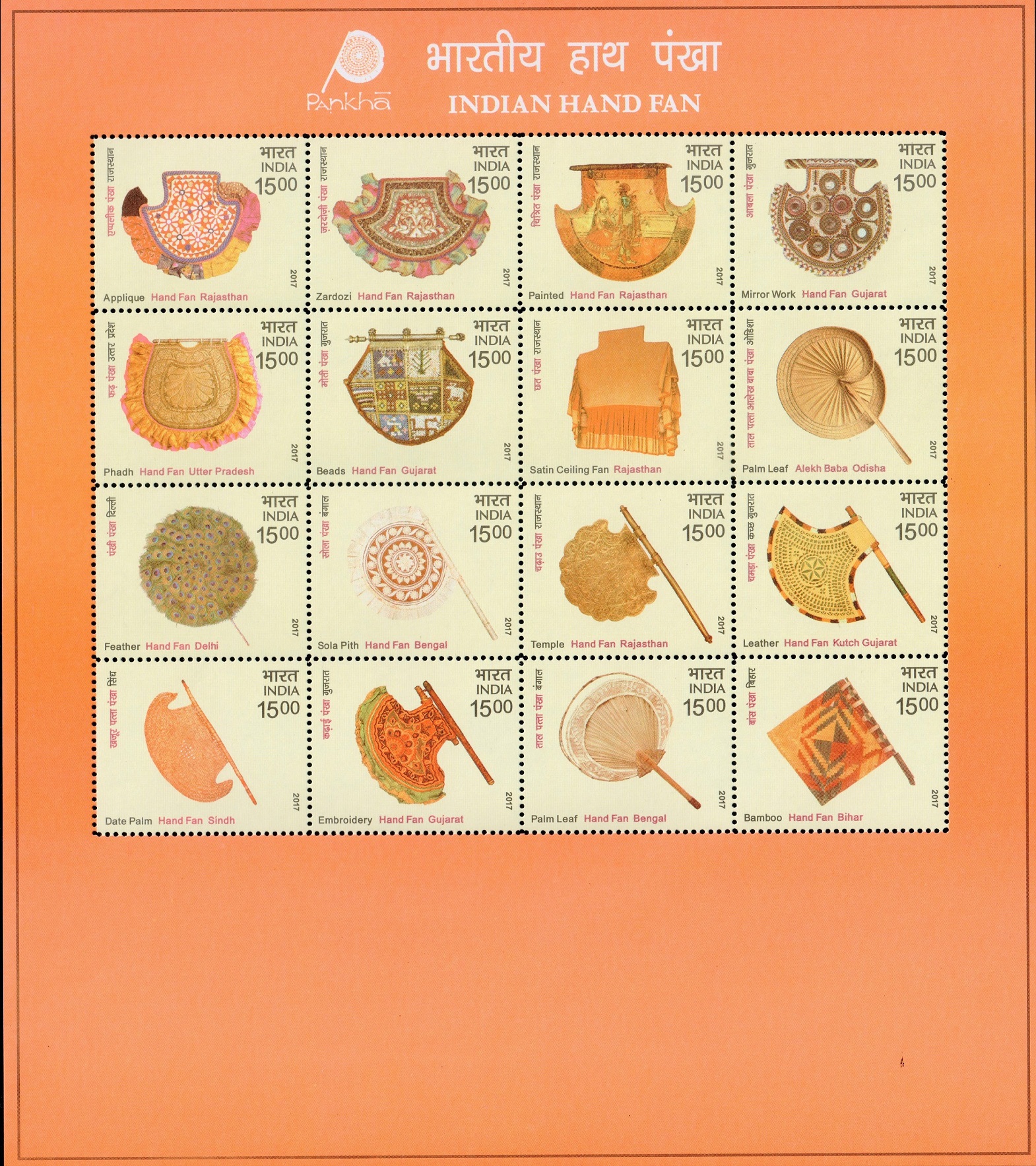
[…] ‘Bodhi Vriksha’ at Deekshabhoomi of Bodh Gaya is a sacred fig (Pipal) tree. This Bodhi Tree is a sapling of the same Bodhi tree under which Gautam Buddha attained […]
[…] Bodhi Tree, or the Tree of Enlightenment, is so called because it represents the ficus tree (peepal) under which Buddha is said to have attained enlightenment. Bodhi Tree motif is used as a symbol of […]
[…] aeroplane, a habit common in a moth but unusual in a butterfly. It lays eggs on the underside of banyan and related species of Ficus, on which the larvae feed in large groups. This species is common in […]
[…] India. Even in this country, it has been a rarity. Its main area of occurrence has been in the sal forests of north eastern Madhya Pradesh and Southern […]
[…] basic philosophy and aims of Panchayati Raj. It shows a Panchayat meeting being conducted under a banyan tree, which typifies rural life in India. Above the trunk and the branches of the tree is shown the […]
[…] Of added philatelic value is the miniature sheet the background of which depicts leaves of the Pipal tree. The Pipal tree (Asvattha, Ficus religiosa) is a significant epitome of Buddhist tradition as it […]
[…] in securities in India. Stock trading in shares in banks and cotton mills was taking place under a Banyan Tree in Bombay during 1830s. The first formal exchange, which was later known as Bombay Stock […]
[…] the country, was founded by Dr. K. M. Munshi in 1938. This institution still stands steady like a banyan tree, as ageless and tenacious as the traditions and culture of India which it embodies and […]